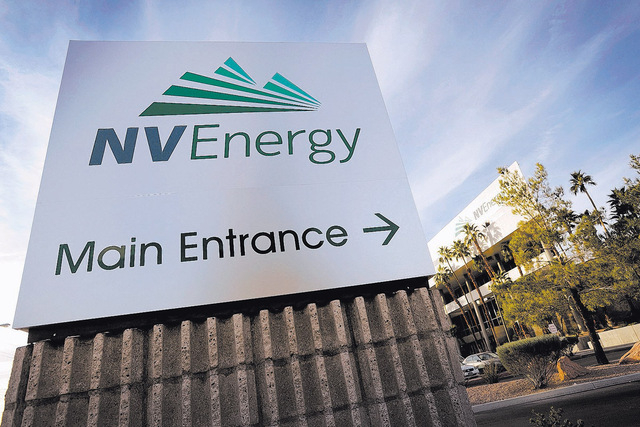Policy group proposes energy savings

CARSON CITY — Nevada utility customers could save hundreds of millions of dollars on their electric bills if the Nevada Legislature adopted energy savings standards as 26 other states have already done, a public policy group said Wednesday.
The Southwest Energy Efficiency Project has asked the Nevada Legislative Committee on Energy to seek a bill draft to get the Legislature to adopt the requirements, called Energy Efficiency Resource Standards, also known as EERS. The committee meets Friday.
Two reports from NV Energy, which operates as Nevada Power in Southern Nevada, show that the utility’s customers in 2013 saved 61 percent less from the utility’s efficiency programs in 2013 than they did in 2009, said Howard Geller, executive director of SWEEP.
Energy efficiency programs help customers purchase efficient products such as air conditioners, lights and refrigerators that lower energy use and utility bills.
“Compare customer savings in Nevada to those in neighboring Arizona, and you realize the difference that strong energy efficiency goals deliver,” Geller said. “Utility customers in Arizona saved nearly three times as much energy as did NV Energy’s customers in 2013. Nevada could save hundreds of millions of dollars if Nevada also adopted a strong EERS.”
The standards are similar to Nevada’s Renewable Portfolio Standards, which require electric utilities to generate a certain percentage of electricity from renewable sources. EERS requires that utilities achieve a percentage reduction in energy sales from energy efficiency measures.
The proposed bill drafts, which would have to be considered by the 2015 Legislature if requested for drafting by the committee, would seek adoption of the standards and reward the utility for meeting its energy saving standards.
Geller said NV Energy was the regional leader in 2009 in helping consumers save energy, ranking 16th among states for energy efficiency in an annual scorecard generated by the American Council for an Energy Efficient Economy.
But Nevada fell to 33rd in the scorecard in 2013.
In a telephone interview, Geller said NV Energy has an efficiency program, but that the economic slowdown caused it to be scaled back.
All ratepayers pay a 2 percent surcharge for the program but benefit in the long term because the utility can spend less on capital projects due to reduced energy demand, he said.
And those who take advantage of the program can see an immediate benefit if they can reduce their consumption by 5 percent or 10 percent, Geller said.
According to the American Council for an Energy Efficient Economy, the strongest EERS requirements exist in Massachusetts, Rhode Island, and Vermont, which require almost 2.5 percent in savings annually.
The proposal would also reward the utility for meeting its goals, Geller said. In Colorado, the utilities get 5 percent of the net recovery from the program.
“They’ve been doing it and they know how to do it,” he said of NV Energy. “We just want them to pick up the pace.”
NV Energy officials did not respond to a request for comment.
Contact Capital Bureau reporter Sean Whaley at swhaley@reviewjournal.com or 775-687-3900. Find him on Twitter @seanw801.